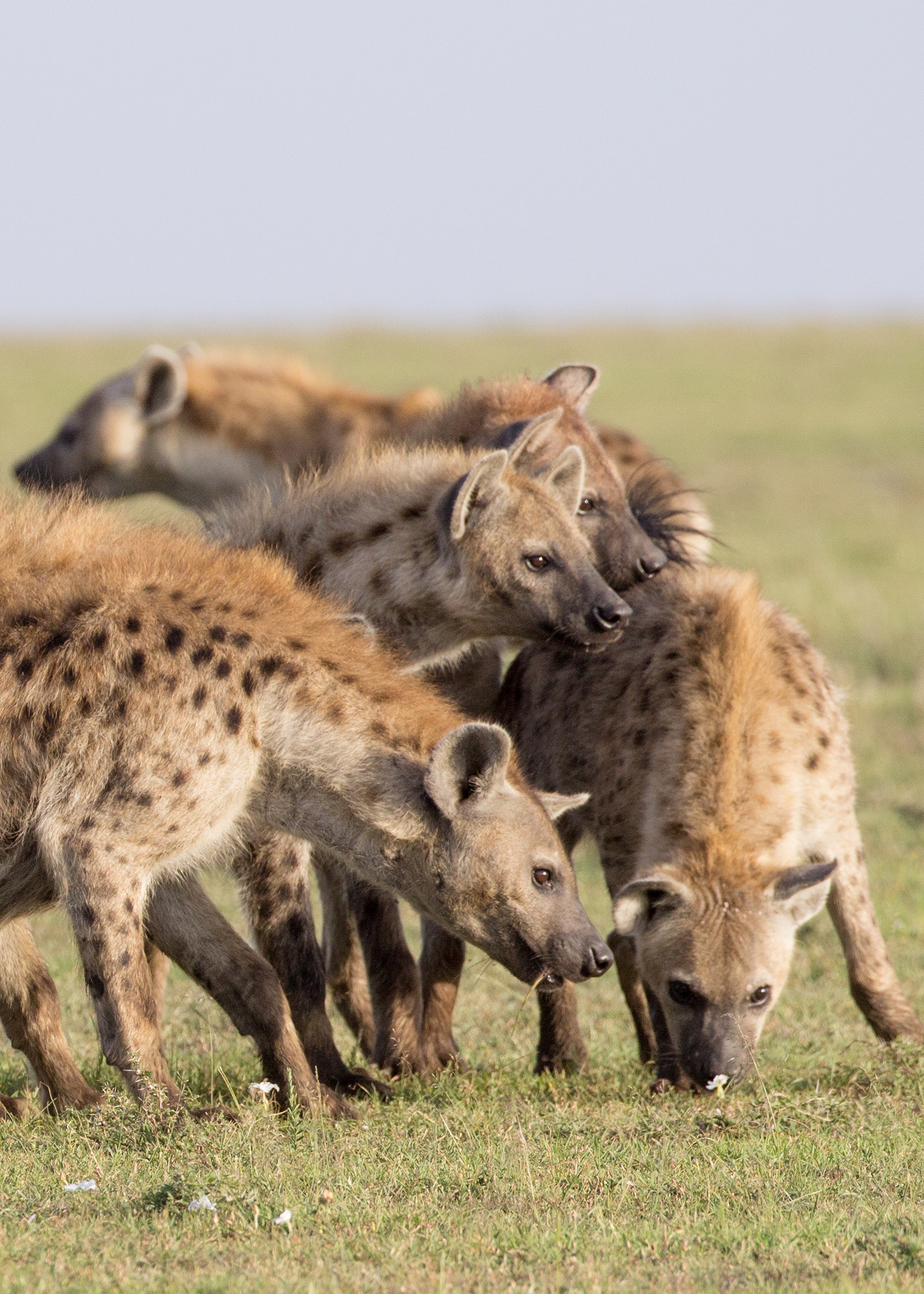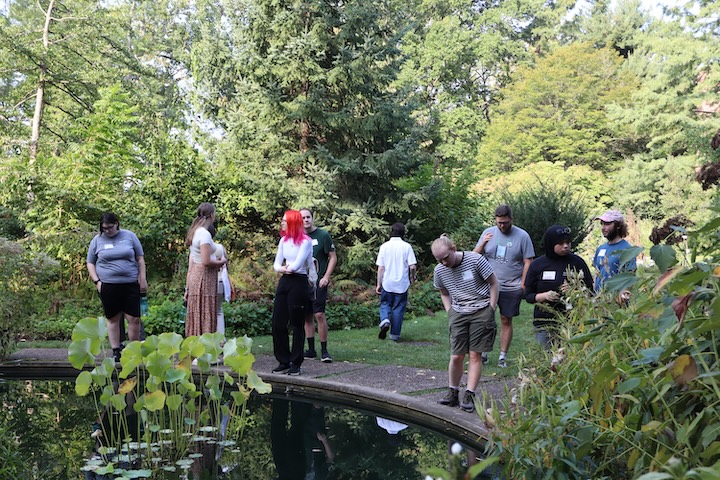Inheriting mother's friends key to hyena success
In the wild, inheriting advantageous physical traits may be the difference between a long life and a short one. But for the spotted hyena, another kind of inheritance, one that has nothing to do with genetics, turns out to be extremely important for health and longevity — social networks inherited from their mothers.
A new study, based on 27 years of observational data from Michigan State University Distinguished Professor Kay Holekamp, expands a previously established theoretical model of spotted hyena social networking to show how these networks emerge, how long they last and how they affect a hyena’s life trajectory.
The paper is featured as the front cover for the journal Science.

“There are a lot of species where genetic inheritance to be bigger and stronger allows an animal to dominate, but that doesn’t happen in hyena society,” said Holekamp, professor in the Department of Integrative Biology and former director of the interdisciplinary program in Ecology, Evolution and Behavior who co-authored the paper. “We see tiny cubs dominating great huge males, so we know body size is not a good predictor of who will be socially dominant in spotted hyenas.”
Co-authors Erol Akçay, associate professor at the University of Pennsylvania, and Amiyaal Ilany, senior lecturer at Israel’s Bar-Ilan University, used sophisticated modeling techniques of social evolution to establish general theoretical principles for how social networks among hyenas are passed on. But to test and expand the model, they needed data from the wild.
“The foundation of this paper was laid when Amiyaal asked to have access to our hyena data because he wanted to model association patterns in hyenas, and I’m always delighted to share data,” said Holekamp, whose research group has close observational records for several generations of hyena from the Masai Mara National Game Reserve in Kenya.
By meticulously tracking of hundreds of individual hyenas based on their specific spot patterns, social networks could be determined by proximity — who spent time with whom, how closely and for how long. Combining this rich dataset with the social evolution models developed by Akçay and Ilany, the team was able to show that, remarkably, hyena cubs become friends with their mothers’ close associates very early in life.
“We knew that the social structure of hyenas is based in part on one’s rank in the agonistic hierarchy, which we know is inherited from mothers,” Akçay said. “But what we found, that affiliative, or friendly interactions are also inherited, hadn’t been shown.”

Networks of mothers and their offspring are similar early on because hyena cubs stick close to their mothers for the first two years of life. But the researchers noticed that even as the young hyenas stopped spending so much time in proximity with their mothers, they continued to sustain similar networks. This was particularly true for female offspring, who generally remain members of the clan for life.
“We have data in some cases showing that the network similarity between mothers and offspring, especially female offspring, was still very high after six or so years,” Ilany said. “You may not be seeing your mother as often, or she even may have died, but you still have similar friends.”
Importantly, higher-ranking mothers imprinted their social networks on their cubs more accurately and for a longer time than lower-ranking mothers, and these networks had a direct effect on life-span and reproductive success.
A collared female spotted hyena with her litter of two cubs and another cub at the clan’s communal den in the Masai Mara National Game Reserve in Kenya. Credit: Phoebe Parker-Shames
Mother-offspring pairs with more similar social networks lived longer, the team found, underscoring how factors other than genetics hold sway in key evolutionary outcomes.
Read more on MSU Today.



